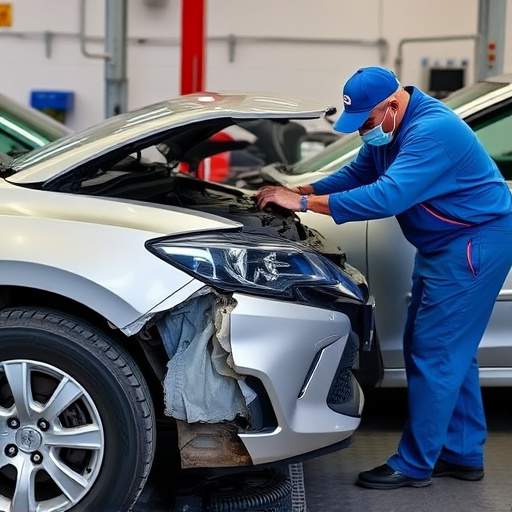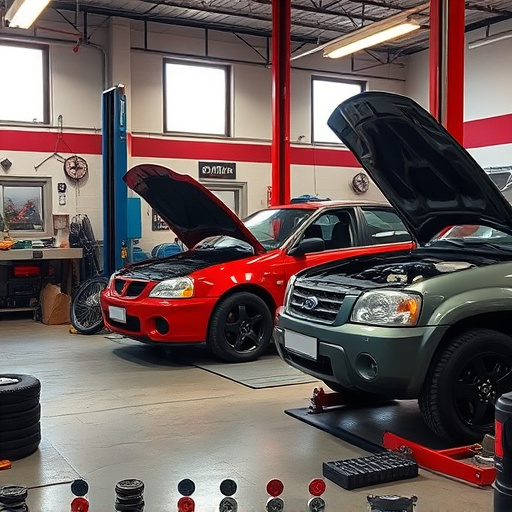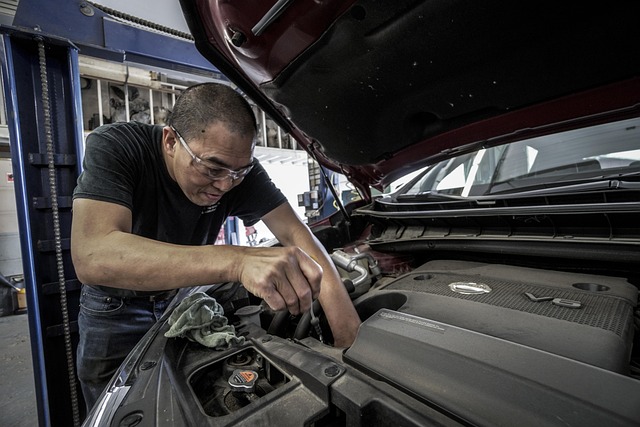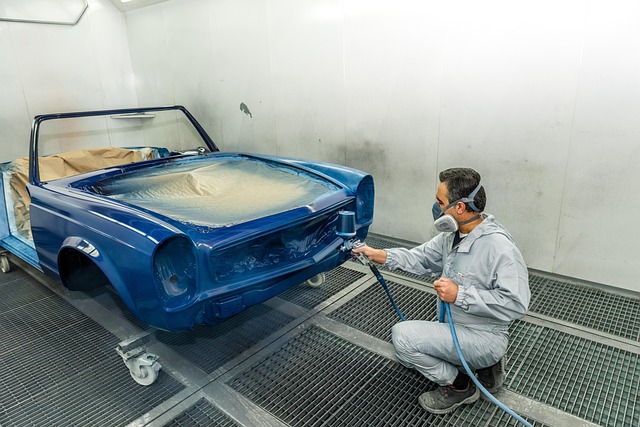In the digital age, customers expect high-quality, transparent auto repairs comparable to premium brands, setting a high bar for traditional shops. Driven by readily available information and quick-fix cultures, today's clients demand immediate results and minimal downtime, even for complex repairs. Auto repair businesses must adapt by understanding customer repair expectations, emphasizing clear communication, detailed estimates, step-by-step explanations, realistic turnaround times, and a holistic approach to vehicle restoration. Effective strategies include active listening, personalized repair plans, efficient scheduling, tracking systems, and showcasing before-and-after results to build trust and foster long-term loyalty in a competitive market.
In today’s competitive market, managing customer repair expectations is paramount for success. This article explores strategies to address unrealistic customer repair expectations, focusing on understanding the root causes behind these expectations. We delve into actionable tactics to manage and adjust customer expectations, while emphasizing enhanced communication as a key differentiator. By implementing these strategies, businesses can ensure they meet—and exceed—customer repair expectations, fostering loyalty and growth.
- Understanding Customer Repair Expectations: The Root of the Issue
- Strategies to Manage and Adjust Customer Expectations
- Enhancing Communication: Meeting and Exceeding Expectations
Understanding Customer Repair Expectations: The Root of the Issue

Customer repair expectations play a pivotal role in shaping customer satisfaction or dissatisfaction with auto repair services. Today’s customers are often accustomed to quick fixes and seamless experiences, influenced by convenient car body restoration options and readily available information about various procedures. This has led to an unrealistic expectation of immediate results and minimal downtime for even complex repairs.
The root cause of this issue lies in the rapid advancement of technology and the rise of do-it-yourself content online. With easy access to tutorials on everything from dent removal to engine repairs, customers now expect a level of expertise and efficiency that can be challenging for traditional auto repair shops to match. Understanding these shifting customer repair expectations is crucial for businesses aiming to provide exceptional service and maintain a competitive edge in the market.
Strategies to Manage and Adjust Customer Expectations

In today’s digital age, customers are more informed and expect swift, efficient service when it comes to vehicle repairs, often comparing their experiences with those of high-end brands like Mercedes Benz repair shops. To manage these expectations, auto bodywork professionals must communicate openly and transparently about the repair process. Providing detailed estimates, explaining procedures step-by-step, and highlighting potential turnaround times can prevent misunderstandings and set realistic expectations from the outset.
Additionally, focusing on vehicle restoration as a holistic process—from assessment to completion—helps customers grasp that repairs are not merely quick fixes. Emphasizing the importance of quality over speed fosters trust and encourages patience. Remember, effective communication is key to managing customer repair expectations, ensuring their satisfaction, and building long-lasting relationships.
Enhancing Communication: Meeting and Exceeding Expectations

In today’s digital age, customers have access to a wealth of information about auto bodywork and collision repair services. This has led to heightened expectations regarding the speed, quality, and cost of repairs. To address these customer repair expectations, clear and transparent communication is key. Repair shops should actively listen to customer concerns and preferences, providing detailed explanations throughout the process. By involving customers in decisions, such as using modern technologies for diagnostics or offering personalized repair plans, businesses can exceed expectations.
Meeting these heightened expectations requires a strategic approach. Workshops can implement efficient systems for scheduling appointments and tracking repairs, ensuring timely updates. Additionally, showcasing before-and-after images of vehicle bodywork repairs can build trust and demonstrate expertise. Effective communication not only enhances customer satisfaction but also fosters long-term loyalty, setting the shop apart from competitors in a crowded market.
In addressing unrealistic customer repair expectations, businesses must first understand the root causes—miscommunication and lack of transparency. By implementing effective strategies, such as enhancing communication channels, providing clear timelines, and offering proactive updates, companies can manage and adjust these expectations. Ultimately, successful navigation of customer repair expectations involves meeting and exceeding these benchmarks through consistent, empathetic engagement, fostering a positive and loyal customer relationship.













